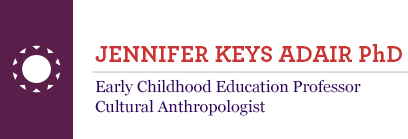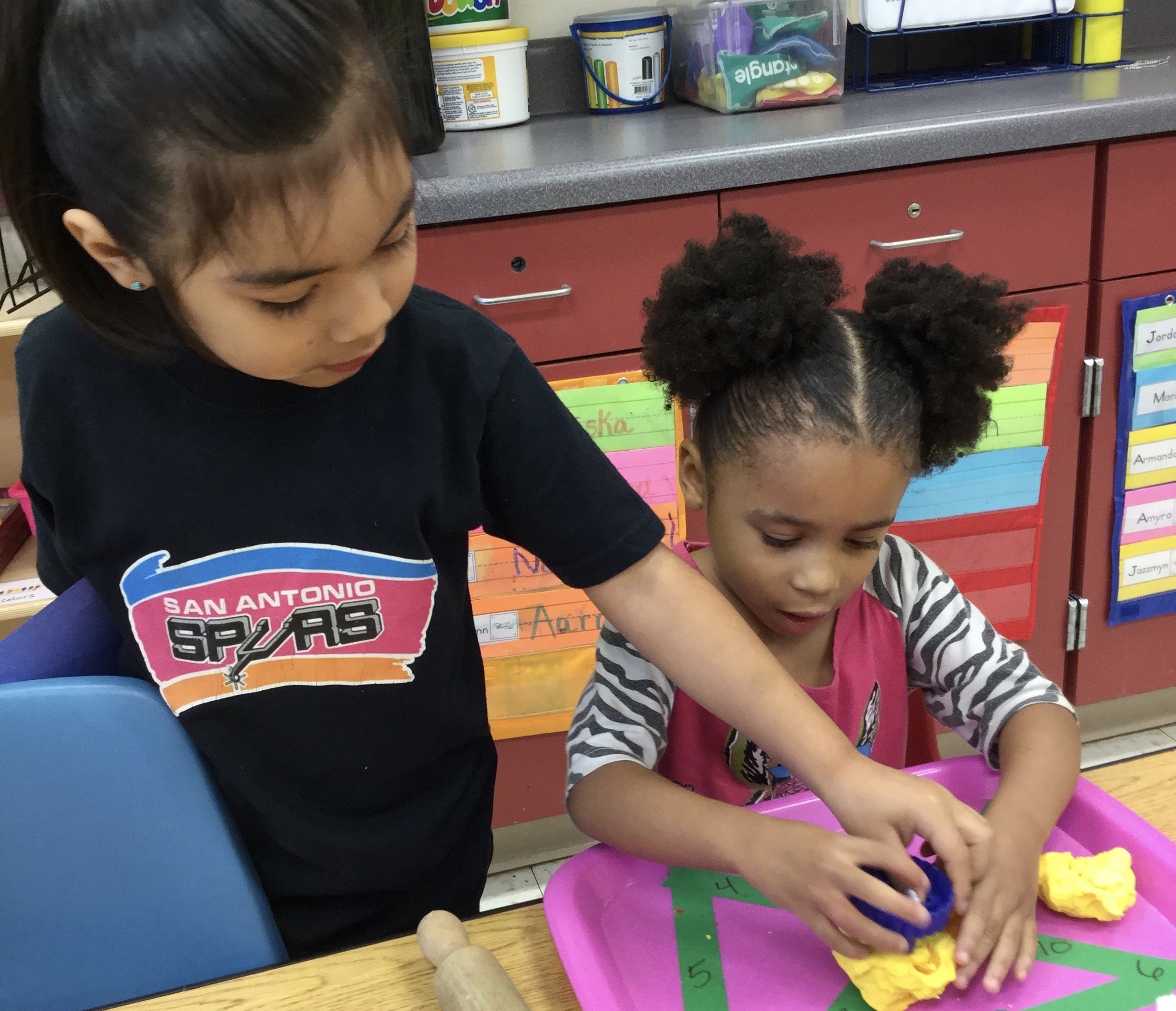STUDY
hiohohih;lhklh;lk;hjklhlhlk;
Civic Action and Learning with Young Children
Funding: Spencer Foundation New Civics Initiative
International Team includes: Jennifer Keys Adair (UT Austin), Jenny Ritchie (Victoria University of Wellington) and Louise Phillips (University of Queensland)
USA Team includes: Katie Payne (UT Austin) Kiyomi Sánchez-Suzuki Colegrove (Texas State University), Shubhi Sachdeva (UT Austin), Anna Falkner (UT Austin), Sunmin Lee (UT Austin), Molly Mc Manus (UT Austin)
This comparative, systematic ethnographic study focuses on how young children from marginalized communities in New Zealand (Maori), Australia (Aboriginal) and the United States (Latino Immigrant) use their own developmental skills and understanding to fix social problems that are important to them. The purpose of the study is to a) identify the types of civic action understanding(s) that children bring with them to preschool from their homes and communities, b) identify a range of principles that enable young children and teachers to engage in authentic, meaningful, capacity-building activities around civic action and c) explore preschool teachers’ pedagogies that foster children’s capacity for civic participation and engagement.
Children at each preschool site will choose issues and/or problems that seem troubling to them and work to solve them in a series of three projects with adult guidance, rather than instruction or tasks. The first project will be something in their classroom. The second and third projects will be something they want to change in their school and community, respectively. Although we anticipate that the projects will have important outcomes for the children our study will not necessarily seek to engage children in for example, immigrant rights or indigenous rights projects [yet] but in child-selected activities that will give them the skills and attitudes necessary to advocate for immigrant rights or Indigenous rights when they are older.
Agency and Young Children Study
Funding: Foundation for Child Development YSP (2012-2015)
This study is trying to see what happens when teachers increase the amount and types of agency in classroom spaces, in particular classrooms that serve children of Latino immigrants. I am interested in both social and academic development. Agency, as I am using it, is having influence over what and how something is learned so as to expand capabilities. Basically it means being able to make decisions about one's own learning and to have some control over how something is learned. I became interested in this topic during my dissertation work because I visited around twenty preschool classrooms and noticed a strong difference in how children were treated as learners. Children of immigrants had a smaller range of motion and influence in their classrooms. They were given specific tasks rather than problems to solve. They were told precisely how to do those tasks. This meant that they had less opportunity to develop a range of capabilities that could include organization, self-regulation, creative problem-solving, critical thinking, cooperation, collaboration, modeling, creating projects (beginning to end), leading discussion, responding thoughtfully to criticism, sharing and revising ideas, gathering support and making testable inquiries. I am passionate about figuring out how to provide more of these opportunities to young children of immigrants at the beginning of school.
Because I am a cultural anthropologist, I am also concerned with making sure that the kinds (forms) of agency that I will eventually advocate for within early childhood education are culturally relevant. I want to be sensitive to the educational concerns of immigrant families and utilize the expertise of immigrant teachers so after making films of two first-grade classrooms where children have a lot of agency, I will show these films to many immigrant parents, teachers, children and administrators to understand what kinds of agency make sense and what kinds of agency validate important cultural values.
Feature 3
The following is placeholder text known as “lorem ipsum,” which is scrambled Latin used by designers to mimic real copy. Aenean eu justo sed elit dignissim aliquam. Nulla lectus ante, consequat et ex eget, feugiat tincidunt metus. Lorem ipsum dolor sit amet, consectetur adipiscing elit. Mauris egestas at nibh nec finibus. Integer tempus, elit in laoreet posuere, lectus neque blandit dui, et placerat urna diam mattis orci.

